Results
-
 £65.00
£65.00Red Fury
In Red Fury, the frantic battle between a man and a fire ant hill is portrayed with dramatic and humorous flair. From the initial calm of the ants going about their business to the chaotic battle that follows, the music uses fast-paced rhythms, clashing dissonances, and vibrant percussion to create a sense of tension and urgency. Each section of the battle is characterized by different musical elements, such as a military march for the ants' preparation and whip-like sounds for the human's attempts to fend them off, ending in the victorious ants' triumph.
Estimated dispatch 12-14 working days
-
 £65.00
£65.00Armed Services Medley
This updated Armed Services Medley honors the branches of the U.S. military with a collection of service songs, including the recently added Semper Supra (The Space Force Song). The medley allows for flexibility in its performance, with optional percussion interludes and variations in song order. The work offers a chance to honor veterans and their families, creating a patriotic and celebratory atmosphere for any concert.
Estimated dispatch 12-14 working days
-
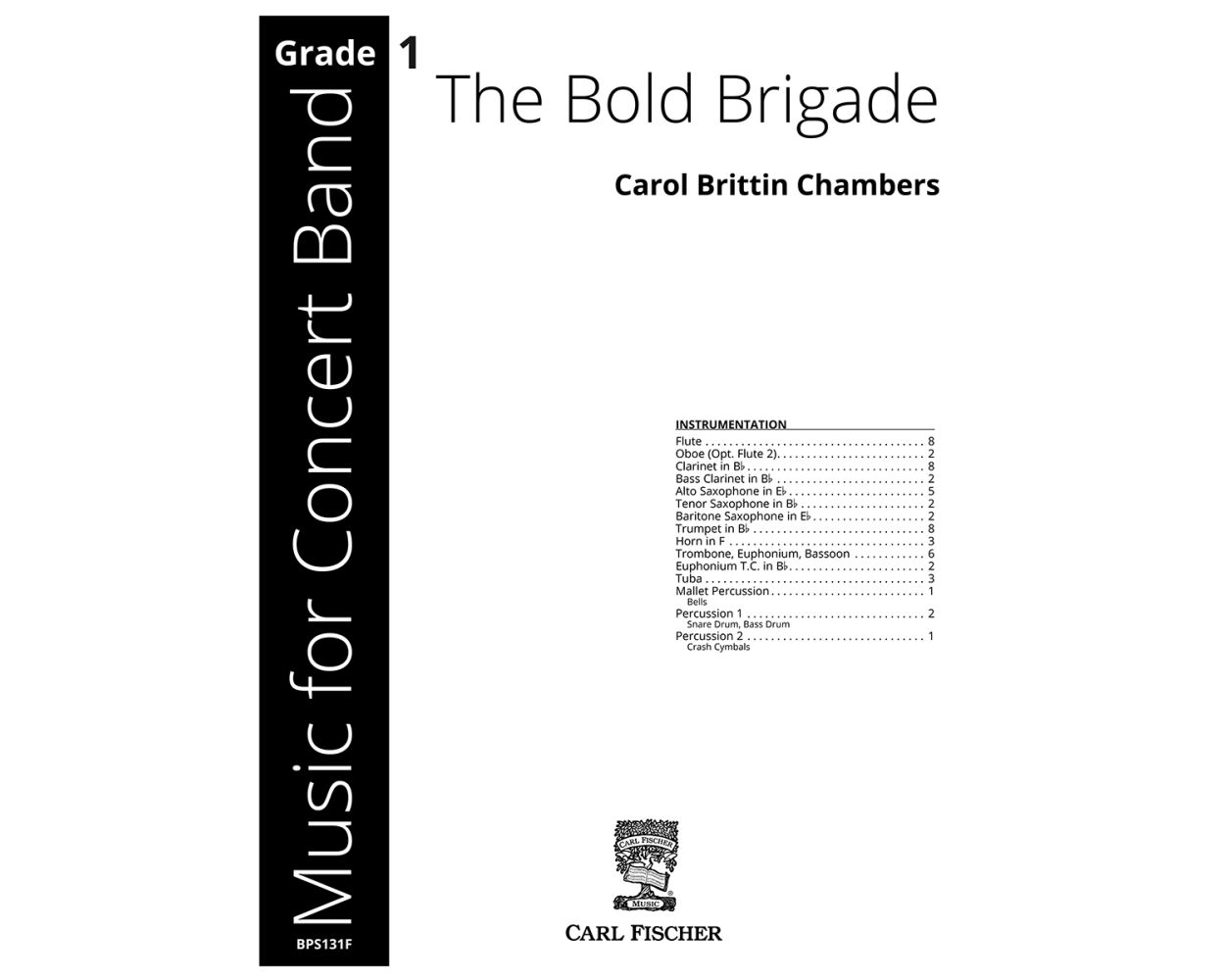 £41.00
£41.00The Bold Brigade
This beginning level march-like piece, using only the first 6 notes learned, portrays the confident spirit of military troops working together. A steady pulse using half, quarter, and eighth notes with doubled melody, harmony, and bass lines makes this patriotic piece one students will play with pride!
Estimated dispatch 12-14 working days
-
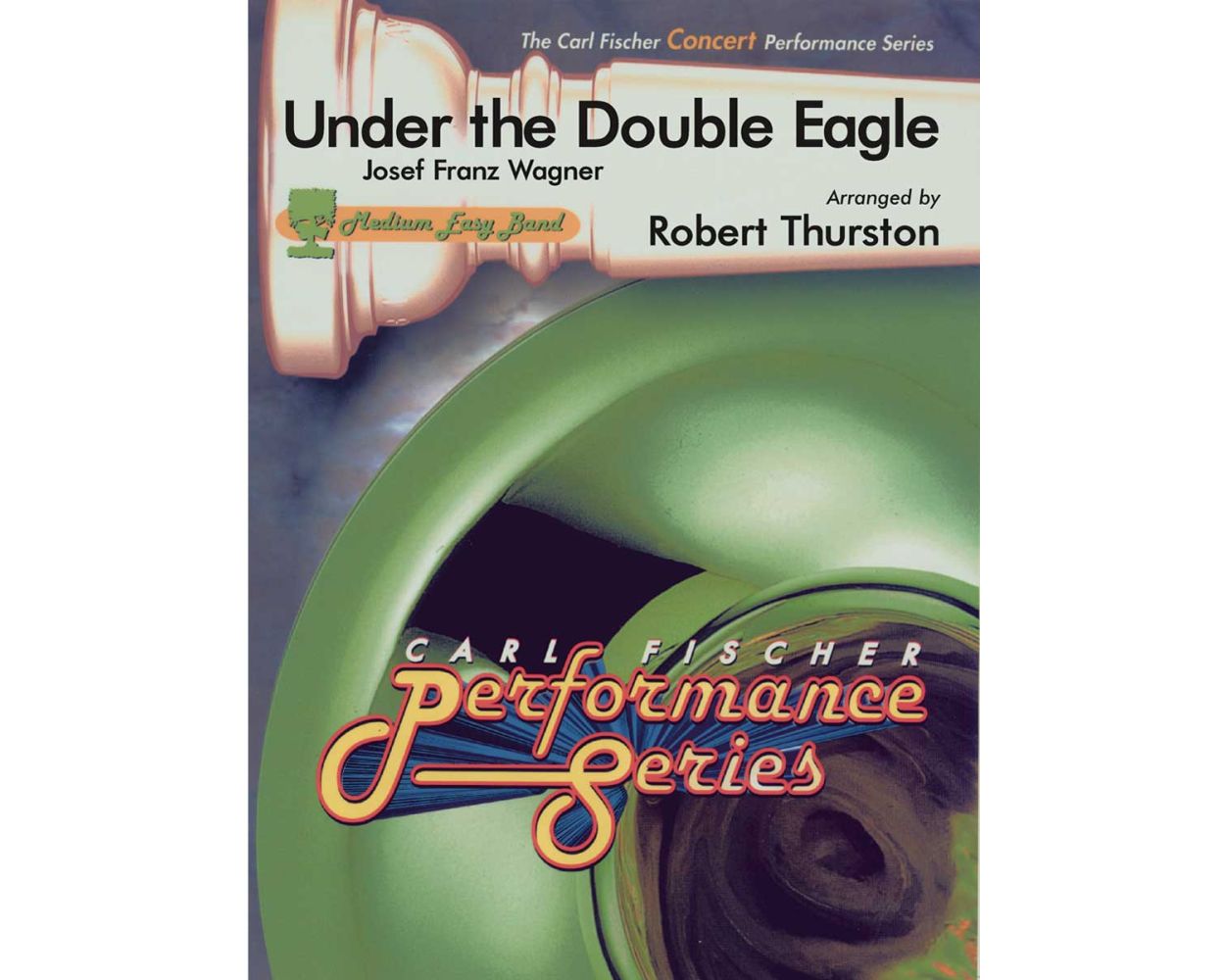 £73.00
£73.00Under The Double Eagle - Josef Wagner
Josef Franz Wagner (1856-1908) was a military bandmaster and composer known as the "Austrian March King." He wrote "Under the Double Eagle," his most popular and enduring composition, in 1902 It later became the official march of the 1st Austrian Artillery Regiment Number 2. The title refers to the double eagle in the coat of arms of the Austro-Hungarian double monarchy. America's own "March King," John Philip Sousa, liked the piece enough to record it three times with his own band.
Estimated dispatch 12-14 working days
-
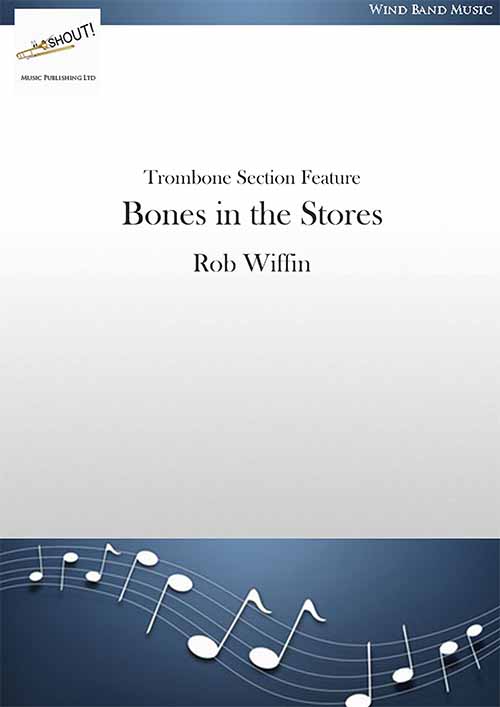 £32.95
£32.95Bones in the Stores (Trombone Section feature with Concert Band - Score and Parts) - Wiffin, Rob
This arrangement for trombone section and band combines two well-known wartime songs The Quartermaster's Store and Bless 'em all to give the trombone section a thorough workout as well as a lot of fun. The Quartermaster's Store is a traditional song from England. The origins of both tune and words are uncertain and may actually date back as far as the English Civil War. The origins of Bless 'em All are also unclear. The words have been credited to Fred Godfrey in 1917 set to music composed by Robert Kewley but earlier versions of the song may have been in existence among British military personnel in the 1880s in India. It was first recorded by George Formby Jr in 1940 and became a patriotic song.Duration: 2.45
Estimated dispatch 7-14 working days
-
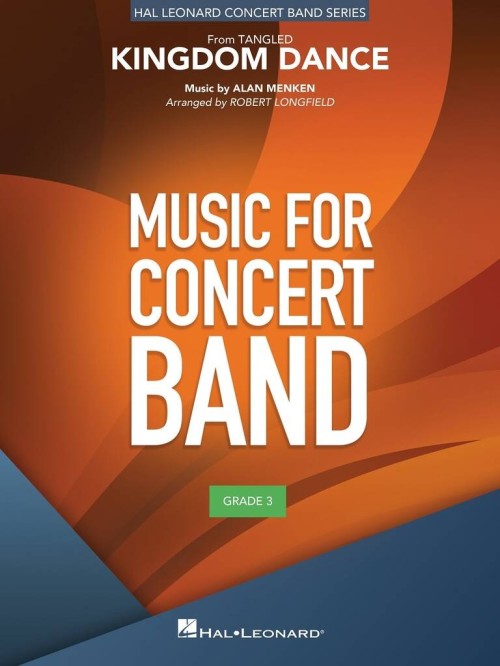 £64.99
£64.99Kingdom Dance (from Tangled) (Concert Band - Score and Parts) - Menken, Alan - Longfield, Robert
One of the best-known video game themes of all time, Battlefield 1942 Theme features a driving military pulse and a memorable soaring melody. Paul Murtha's powerful version stays true to the original and brings all of the heart-pounding excitement to the concert stage.
Estimated dispatch 7-14 working days
-
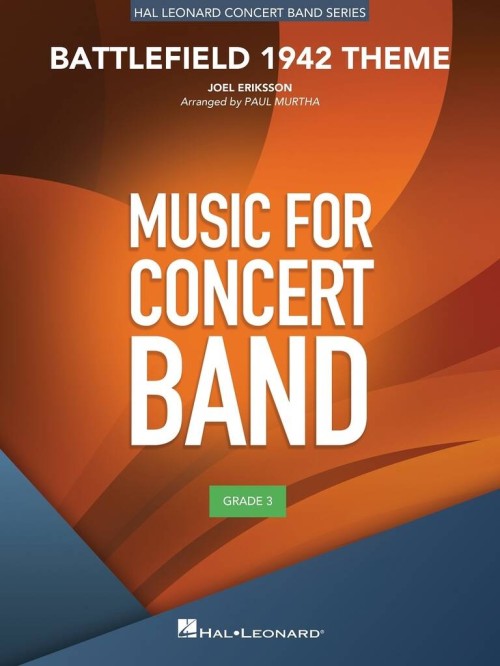 £64.99
£64.99Battlefield 1942 Theme (Concert Band - Score and Parts) - Eriksson, Joel - Murtha, Paul
One of the best-known video game themes of all time, Battlefield 1942 Theme features a driving military pulse and a memorable soaring melody. Paul Murtha's powerful version stays true to the original and brings all of the heart-pounding excitement to the concert stage.
Estimated dispatch 7-14 working days
-
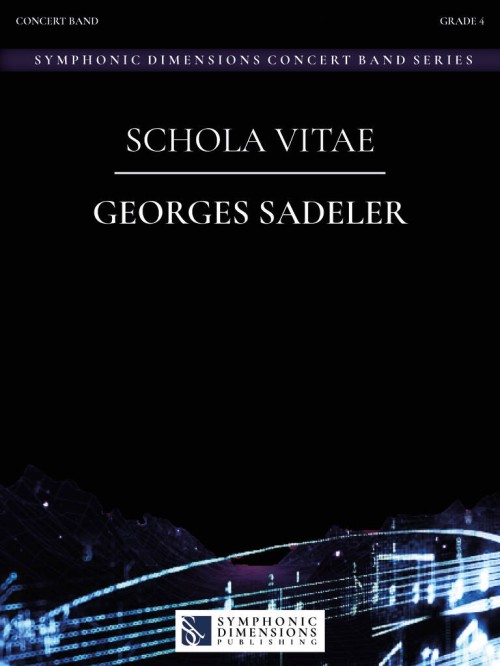 £139.99
£139.99Schola Vitae (Concert Band - Score and Parts) - Sadeler, Georges
Schola Vitae, dedicated to the former director of UGDA Music School in Luxembourg, Paul Scholer, describes in an 8-minute piece that learning and playing music is a school for life. Starting with popular scales that ascend and descend through various keys, an essential tool familiar to every musician appears: the metronome. It sets the tempo, and musicians practice their themes together or against each other, register by register. In music, however, it's not just about technique and precision, but also about emotions. Music connects people, fosters friendships, and accompanies them through the highs and lows of life. The sense of togetherness in music becomes increasingly audible. Everyone works together and pulls in the same direction to ultimately achieve something great.Georges Sadeler, born in 1988 is a Luxembourgish composer and saxophonist with the Grand Ducal Military Band of Luxembourg. His father kindled his interest in composing and arranging at an early age, a study he later continued under his two teachers Marco Ptz and Claude Lenners, both of whom taught at the Conservatoire of Music, Luxembourg. He gradually began to establish his own style, combining the enormous range of possibilities of contemporary music and classical music and, in the years that followed, he won six first prizes at various national and international composition competitions. His works have since been performed all over Europe.Duration: 8.00
Estimated dispatch 7-14 working days
-
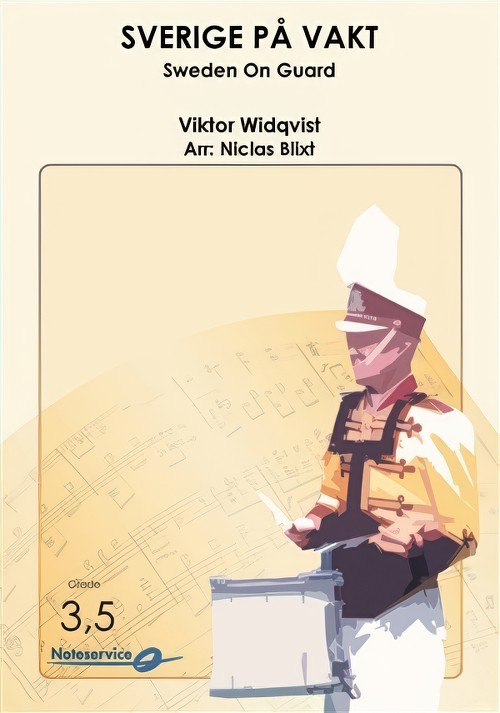 £63.50
£63.50Sverige pa Vakt (Sweden on Guard) (Concert Band - Score and Parts) - Widqvist, Viktor - Blixt, Niclas
Sweden On Guard is part of Widkvist's earliest march production. It was composed around 1914 when he served in the engineering troops.It is worth noting that the march from the beginning was probably intended for a small sized brass band and was later rearranged for a full military band by the composer. When I searched in the Swedish War Archives many years ago, looking for more or less forgotten marches, this work, among others, appeared. I immediately became attached to the young Widkvist's catchy melodies and clear harmonic tonal language that express faith in the future and optimism.Sweden On Guard has never been published in print before, and the work of modernizing the setting without resorting to the elegance and resilience of the original has been a challenge.- Niclas BlixtDuration: 2.30
Estimated dispatch 7-14 working days
-
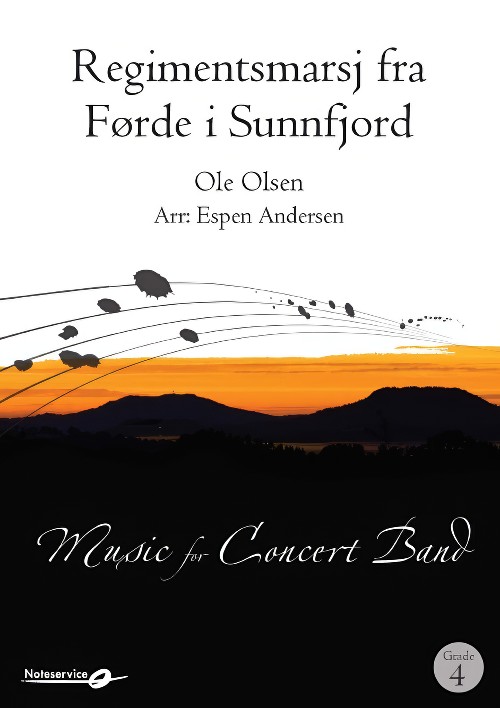 £91.00
£91.00Regimentsmarsj fra Forde i Sunnfjord (Regimental March from Forde in Sunnfjord) (Concert Band - Score and Parts) - Olsen, Ole - Andersen, Espen
In 1917, Ole Olsen (1850 - 1927) invited all who might have access to Norwegian folk music, to send him a copy. Olsens goal was to compose a march with local association to all regiments around the country. The result was published in 1922, as a collection of three books with 23 marches. The printing was financed by the Department of Defence and distributed to all military bands in the country. In the first book, we find "Regimental March from F?rde in Sunnfjord", which Olsen arranged after motifs sent to him by Music Instructor J. Woldsdal in Bergen. Duration: 3.30
Estimated dispatch 7-14 working days
